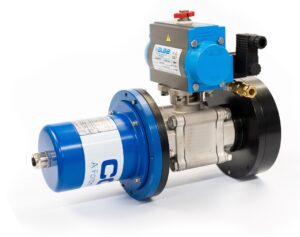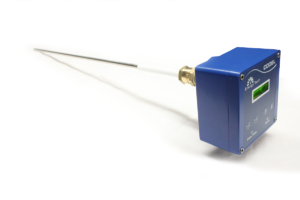Soporte en todo el mundo
Over 25 distributors and support centres worldwide
Contratos de mantenimiento flexibles
Contratos específicos de planta a medida con soporte las 24 horas
30 years experience
Desarrollando, fabricando e instalando
Choosing the Right Dust Monitor: Optical or Triboelectric
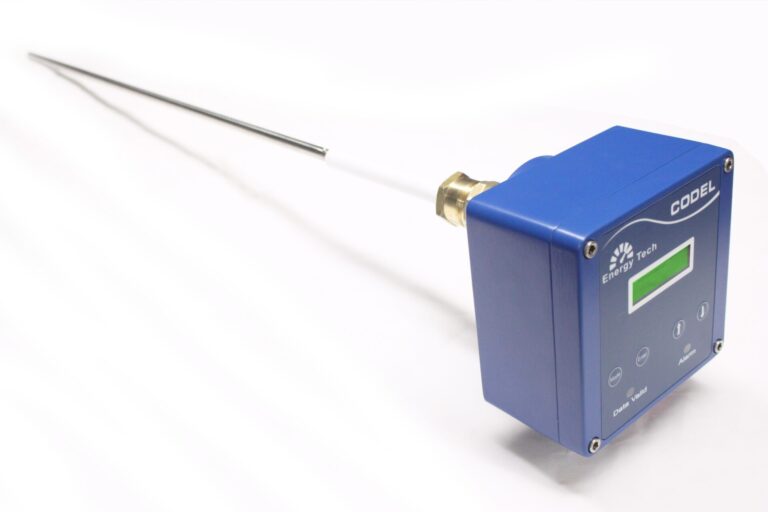
Monitoring air quality and emissions in industrial settings is crucial for environmental compliance and public health. Dust monitors play a pivotal role in measuring particulate matter released during various industrial processes. Understanding the differences between Optical or Triboelectric dust monitor types is essential to make an informed decision.
Optical Dust Monitors
Optical dust monitors, like the DCEM2100 Dual Pass Opacity , operate based on light scattering principles. These devices emit a beam of light into the stack or duct where particles in the air intercept the light. The scattered light is then measured to determine the concentration of dust present. One significant advantage of optical monitors is their ability to measure both particulate matter concentration and opacity.
For instance, the DCEM2100 Dual Pass Opacity offers accurate measurements of dust levels and opacity in real-time. Its dual-pass design ensures reliability by accounting for any changes in stack conditions, making it suitable for various industrial applications.
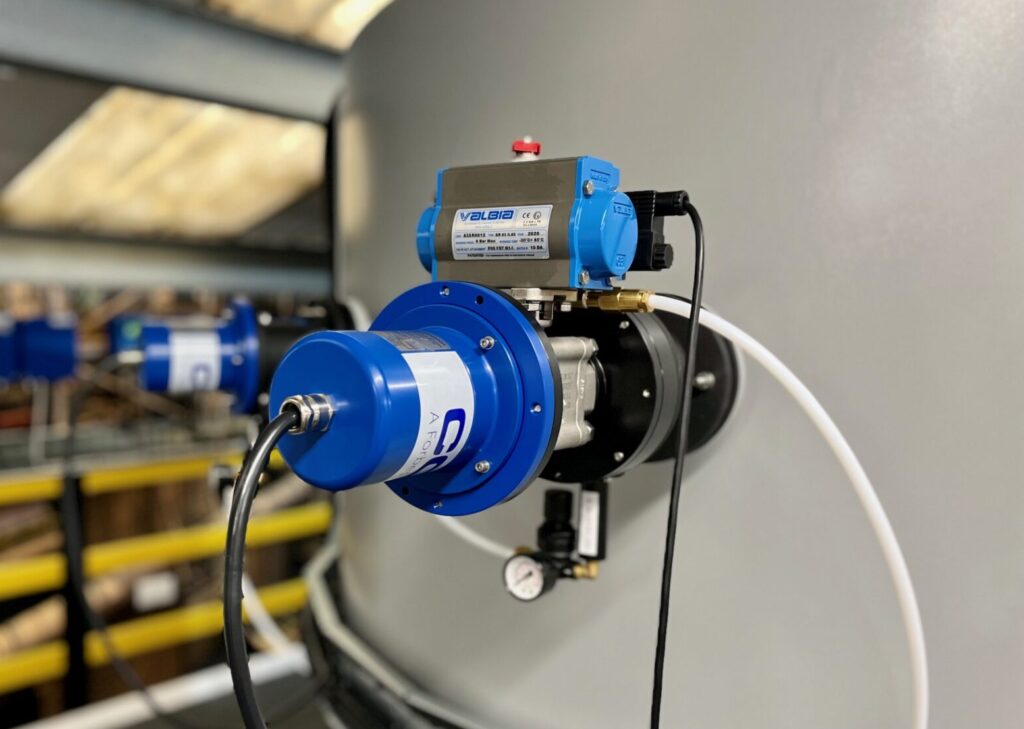
Triboelectric Dust Monitors
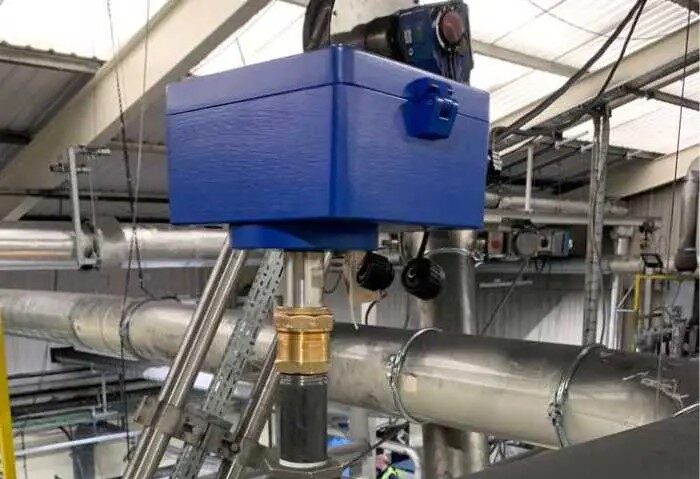
On the other hand, triboelectric dust monitors, such as the Monitor de polvo eléctrico EnergyTech 301 Tribo, function based on the triboelectric effect. They utilize electrostatic principles where particles passing through the monitor induce a charge on a detector. This charge is then measured to estimate the dust concentration.
Triboelectric monitors are renowned for their robustness and reliability even in challenging environments. They are less susceptible to factors like humidity or smoke compared to optical monitors, making them a preferred choice in industries with harsh operating conditions.
The EnergyTech 301 provides accurate and continuous monitoring of particulate matter emissions. These devices offer stability and minimal maintenance, making them suitable for applications where consistent and dependable measurements are paramount.
Choosing the Right Monitor
The choice between optical and triboelectric dust monitors depends on various factors, including the operating environment, the nature of emissions, and the required accuracy and reliability.
Opt for the DCEM2100 Dual Pass Opacity like the for applications requiring precise measurement of both dust concentration and opacity in relatively clean environments.
Select the Monitor de polvo eléctrico EnergyTech 301 Tribo for industries with challenging conditions where reliability and robustness are crucial.
In conclusion, both Optical and Triboelectric dust monitors have their strengths and are designed to meet specific monitoring needs. Understanding the operational differences can guide you in selecting the most suitable monitor for your specific industrial application.
The DCEM2100 dust monitor provides a continuous measurement of opacity or dust concentration in flue gases by continuously measuring the transmissivity of visible light across a process duct or stack.
The EnergyTech 301 is a low cost dust monitor using well-proven tribo electric technology providing accurate and rapid results. The EnergyTech 301 requires no critical alignment and has no optical surfaces to keep clean.
Haga una pregunta
Para obtener más información sobre cualquiera de nuestros productos, rellene nuestro formulario de consulta y un miembro del personal le responderá lo antes posible.
También puede llamar al: +44(0)1629 814351

